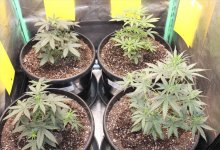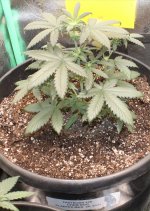You're complicating things.Damn, I wish I had thought of measuring my runoff before I poured it out. Darn, darn.
I will do a runoff test ASAP.
I have a BlueLab combo meter that reads EC but I have never used that feature. I use the pH feature only. I think the meter has an EC5 and EC7 (whatever that means). Should I measure my tap water?
Also, I got these meters free with a purchase. I never used the pH wand but the water meter works OK. I don't use it because it seems like it would fuck up the roots sticking it in the dirt like that. However, I made an exception today.
I will do a real runoff test after dinner. As for the soil slurry test, I'll need to grab a test kit.
Thanks again
Soil pH meters are not necessarily reliable and depend on moist soil. You can infer that the pH is too low from the fact that a mobile nutrient is being locked out.
The pH is too low for all the plants. In the future, I'd add a tablespoon of magnesium lime or maerl per gallon of medium, and 20% of worm castings.
The thing to do now is to raise the pH of your feed to over 7.0 for a couple of feeds like 7.5, then to 7.0.
Reduce the nutrient concentration. At the vegging stage and when not all of the medium has been colonized by roots yet, the EC of water plus nutrients should be 1.0 EC max (500PPM on the 500 scale). The lower nutrient concentration does all kinds of good things, including encouraging the plant to feed itself by extending it's root system.
The plants with the undeveloped root system should get some extra phosphorus, which really stimulates root growth.
Watering schedule: you should water the plants slowly and thoroughly, then not water again until the top of the soil is dry before the lights go on in the morning. That takes care of all variables that could affect individual plants, growrooms or seasons.
Last edited:

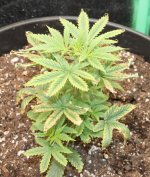
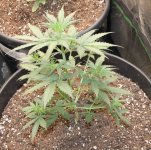
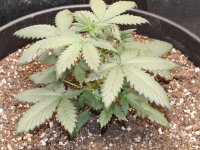

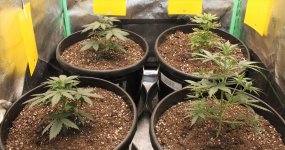
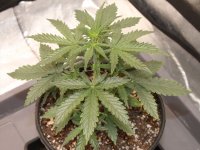

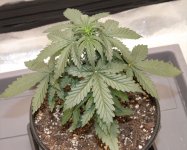
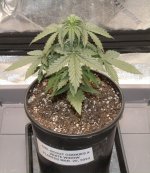
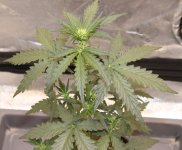


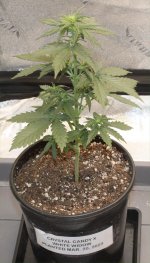
 It really sucks when circumstances force you to change locations, especially if where you were was a place you've been at a long time and well adapted things to your needs as it sounds like you did. As if that's wasn't bad enough though it's especially tough in a state like California where everything is much more expensive then most of the rest of the country.
It really sucks when circumstances force you to change locations, especially if where you were was a place you've been at a long time and well adapted things to your needs as it sounds like you did. As if that's wasn't bad enough though it's especially tough in a state like California where everything is much more expensive then most of the rest of the country.